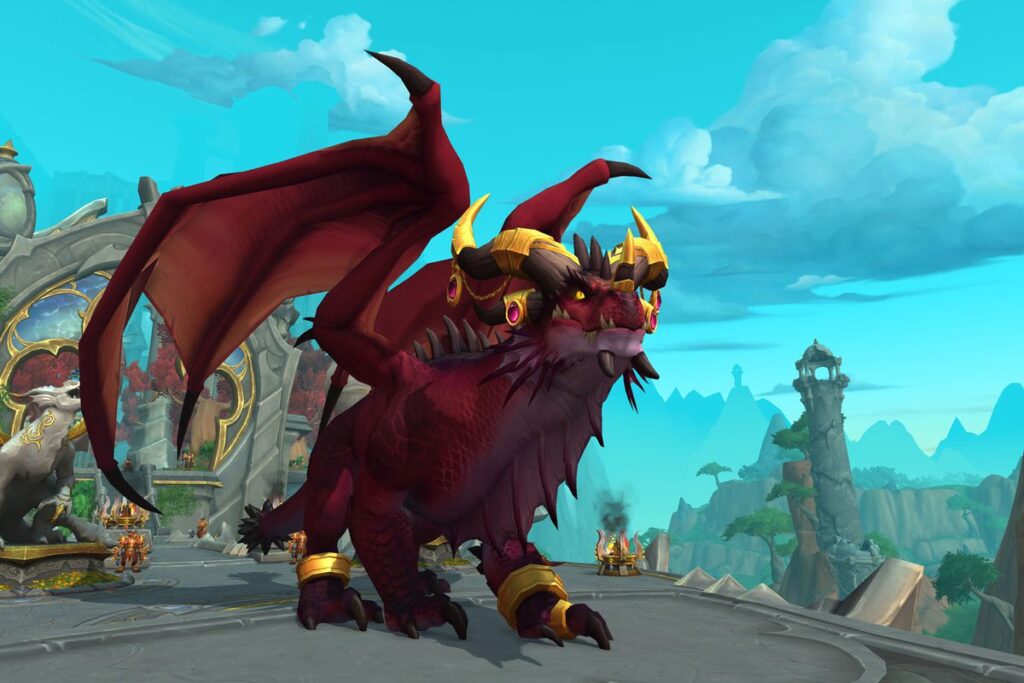
Alexstrasza, the Life-Binder, gracefully oversees the Dragon Isles in her magnificent dragon form, a powerful symbol of protection and life in the world of Azeroth.
Journey Through Azeroth’s Transformation: World of Warcraft Expansion Evolution Unveiled
Unlocking the Epic Journey: World of Warcraft Expansion Evolution Examined. Dive into the iconic MMORPG’s illustrious history, tracing its significant transformations since 2004. Explore how each expansion, part of the World of Warcraft Expansions Evolution, introduces new lands, characters, and gameplay mechanics, shaping the game’s enduring legacy over nearly two decades.
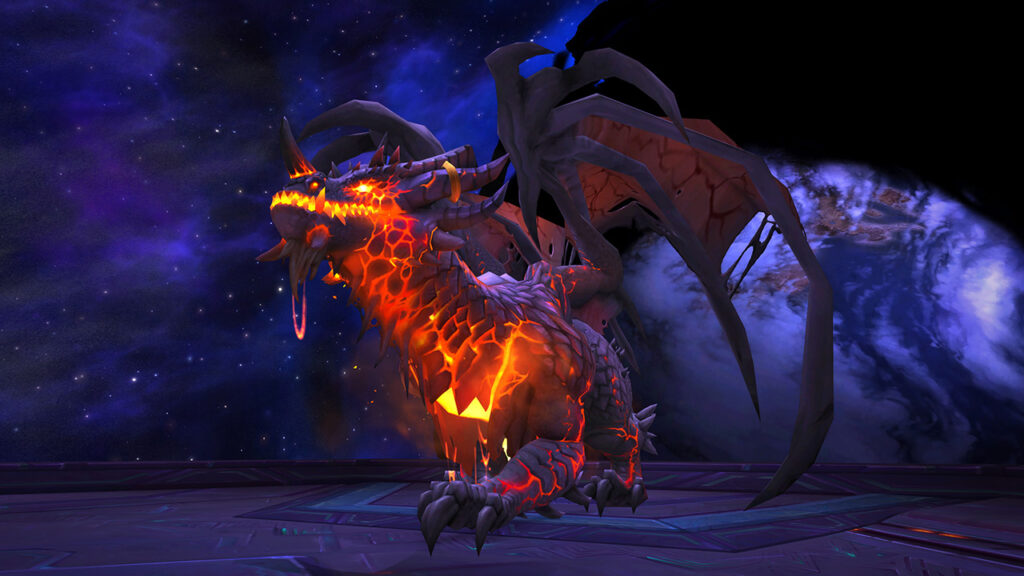
World of Warcraft Expansion Evolution: The Vanilla Era (2004-2006)
At the inception of its journey, World of Warcraft began with the release of the base game, often referred to as the ‘Vanilla’ era. Azeroth, the expansive world within the game, was initially divided into two continents: the Eastern Kingdoms and Kalimdor. Players, immersing themselves in the evolving narrative of World of Warcraft Expansion Evolution, had the option to align themselves with either the Alliance or the Horde, unlocking the opportunity to explore iconic locations like Stormwind, Orgrimmar, and Ironforge. The Vanilla era of World of Warcraft not only laid the foundation for the game but also played a pivotal role in shaping its evolution by establishing core gameplay mechanics, diverse classes, and distinctive races.
During the World of Warcraft Expansions Evolution, the Vanilla era emerged as revolutionary within the MMORPG genre. Although it lacked some of the depth and complexity witnessed in subsequent expansions, quests during this period were primarily text-based, and end-game content was comparatively limited. Nevertheless, the Vanilla era laid a robust foundation, serving as a solid framework upon which Blizzard would build in the years to come.
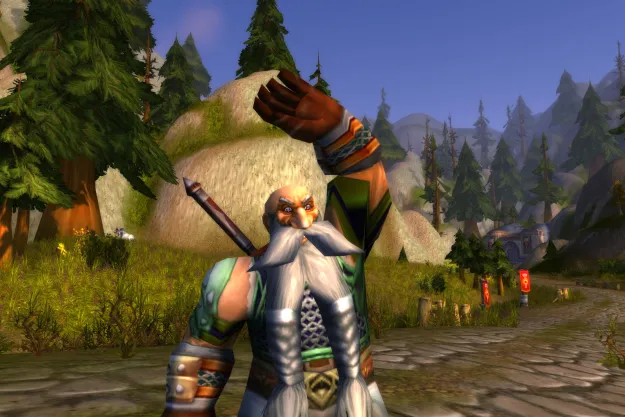
World of Warcraft Expansion Evolution: The Burning Crusade (2007)
In 2007, a pivotal moment in the World of Warcraft expansion evolution occurred with the release of the first expansion – The Burning Crusade by Blizzard. This expansion marked the introduction of the Outland, an otherworldly continent accessible through the Dark Portal, and exemplified the evolving landscape of World of Warcraft Expansions Evolution. Players exploring this shattered realm encountered new races, including the Blood Elves and the Draenei, while simultaneously witnessing a substantial increase in the level cap, ascending from 60 to 70.
The Burning Crusade marked a turning point for WoW by introducing flying mounts, allowing players to traverse the skies of Outland. The expansion also introduced the concept of Heroic dungeons, providing more challenging versions of existing dungeons for seasoned adventurers. Additionally, the Arena system was introduced, allowing players to engage in structured PvP combat.
With The Burning Crusade, World of Warcraft evolved by expanding the game world, providing new challenges, and enhancing the overall player experience.
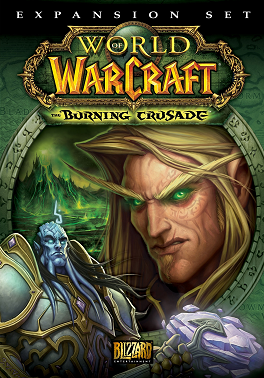
World of Warcraft Expansion Evolution: Wrath of the Lich King (2008)
Building on the success of The Burning Crusade, Blizzard released Wrath of the Lich King in 2008. This expansion brought players to the icy continent of Northrend, where they faced the malevolent Lich King, Arthas. The level cap was increased to 80, and players encountered the Death Knights, a new hero class.
One of the most notable features of Wrath of the Lich King was the introduction of the dungeon finder tool. The expansion also introduced the concept of phasing. Phasing allowed players to witness how their actions affected the world. This innovation added a new layer of immersion and storytelling to the WoW experience.
The success of Wrath of the Lich King solidified World of Warcraft’s status as a cultural phenomenon.
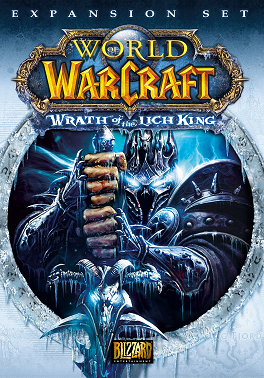
Cataclysm (2010)
Cataclysm, released in 2010, marked a significant overhaul of Azeroth. The expansion brought about a cataclysmic event that reshaped the original continents, altering landscapes and introducing new zones. The Goblin and Worgen races were also introduced, providing players with additional options for character creation.
Cataclysm continued the trend of increasing the level cap, raising it to 85. The expansion emphasized a more story-driven approach, with quests and zones reflecting the impact of the Cataclysm. This shift in design philosophy aimed to engage players more deeply in the evolving narrative of Azeroth.
One of the notable additions was the introduction of Archaeology. This addition added a layer of exploration and lore to the game. Archaeology encouraged players to delve into the rich history of Azeroth.
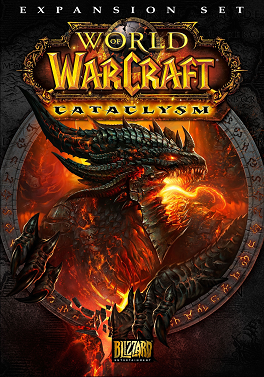
Mists of Pandaria (2012)
Mists of Pandaria, released in 2012, introduced a new playable race, the Pandaren, and a new continent, Pandaria. The expansion brought the conflict between the Horde and Alliance to this previously hidden land.
Mists of Pandaria introduced the concept of scenarios, short instances designed for small groups of players. The expansion also brought the Monk class into the game, offering a new tank, healer, and damage dealer option for players.
One of the standout features of Mists of Pandaria was the addition of the pet battle system, allowing players to collect, train, and battle with companion pets. This casual and enjoyable feature provided a lighthearted diversion from the more intense aspects of the game, appealing to a broader audience.
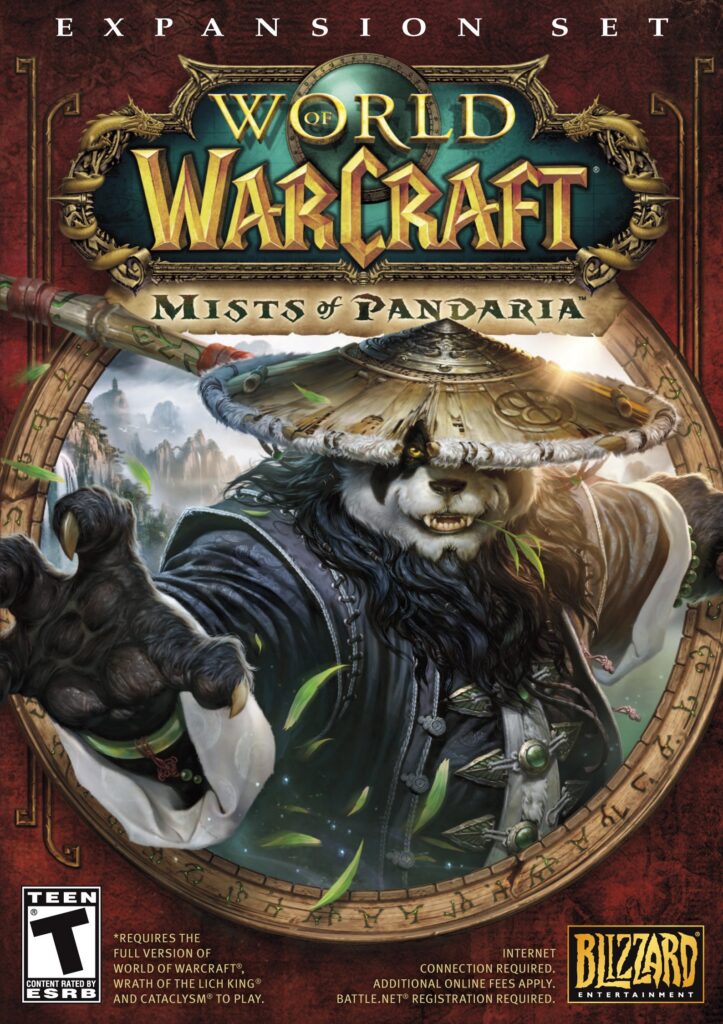
Warlords of Draenor (2014)
Warlords of Draenor, released in 2014, took players back in time to the orc homeworld of Draenor before its corruption. The expansion introduced the concept of garrisons, player-controlled bases that could be upgraded and customized. Garrisons provided players with a unique sense of ownership and engagement in the game world.
The level cap was increased to 100, and new character models were introduced, giving many existing races a visual refresh. Warlords of Draenor also experimented with the idea of “Mythic” difficulty for dungeons and raids, offering a more challenging experience for hardcore players.
However, the expansion received mixed reviews due to some perceived shortcomings in content and story development. Despite this, the Warlords of Draenor demonstrated Blizzard’s willingness to innovate and experiment with new ideas within the World of Warcraft universe.
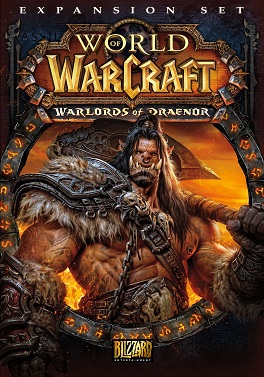
Legion (2016)
Legion, released in 2016, addressed many concerns raised by the previous expansion. The Burning Legion, a formidable cosmic threat, served as the primary antagonist, and players embarked on a quest to thwart its invasion. The expansion introduced the Broken Isles, a new continent with diverse zones, dungeons, and raids.
One of the key features of Legion was the introduction of the Artifact Weapons system. Players obtained powerful weapons with unique abilities, and these artifacts played a central role in character progression throughout the expansion. The class order hall, a unique hub for each class, provided a focal point for players to gather, plan strategies, and embark on missions.
The dynamic scaling technology implemented in Legion allowed players to explore zones at their own pace, ensuring that content remained relevant and challenging regardless of the player’s level. This innovation enhanced the open-world experience and encouraged exploration.
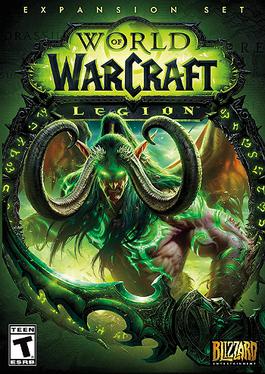
Battle for Azeroth (2018)
Battle for Azeroth, released in 2018, continued the narrative by focusing on the conflict between the Horde and Alliance. The expansion introduced two new continents, Kul Tiras and Zandalar, each aligned with one of the factions. Players explored these diverse lands in the quest for new allies and resources.
A notable feature of Battle for Azeroth was the introduction of allied races, providing players with additional customization options for their characters. The expansion also introduced the Heart of Azeroth, a powerful artifact that players could customize and empower throughout their journey.
The expansion placed a strong emphasis on faction-based content, with Warfronts and Island Expeditions providing new types of gameplay experiences. However, Battle for Azeroth received mixed reviews.
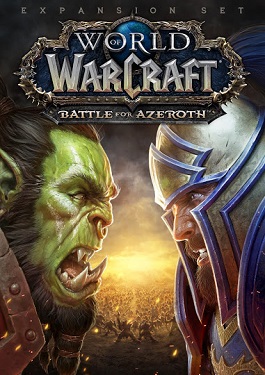
Shadowlands (2020)
Released in 2020, Shadowlands is the eighth expansion for World of Warcraft and introduced players to the realm of the afterlife. The story revolves around the mysterious Jailer and the unraveling of the cosmic balance. The Shadowlands expansion brought a significant shift in the game’s narrative, taking players beyond the mortal realm.
The new zones, including Bastion, Maldraxxus, Ardenweald, Revendreth, and the Maw, each represented different aspects of the afterlife, creating a unique and diverse landscape. The level cap was once again increased, this time to 60, and players gained access to the Covenant system. Covenants allowed players to align themselves with one of four factions, each offering unique abilities and rewards.
Torghast, Tower of the Damned, introduced a dynamic and ever-changing dungeon experience. Players could explore this roguelike dungeon solo or with a group, facing escalating challenges and collecting powerful rewards.
Shadowlands not only provided a fresh storyline but also revamped certain game mechanics, including the leveling experience. A level squish reduced the level cap and streamlined the progression, making it more accessible for new and returning players. Additionally, the introduction of the Threads of Fate allowed players to choose their leveling path, providing a more tailored experience.

Dragonflight (2022)
Dragonflight delved into the long-standing lore of Azeroth’s dragonflights, including the Bronze, Red, Blue, Green, and Black Dragonflights. Players witnessed the Dragon Aspects trying to reclaim their aspectral powers as well as a new aspect for the Black Dragonflight taking power.
The expansion introduced new zones, each associated with a specific Dragonflight, showcasing their unique environments and challenges. Players worked with or against different dragonflights, addressing the consequences of their diminished powers and exploring the rise of new threats.
The Dragon Isles served as the focal point for end-game content, with dragon-themed raids, dungeons, and world events. The expansion also introduced dragon-themed customization options, including unique mounts, armor sets, and other cosmetic rewards.
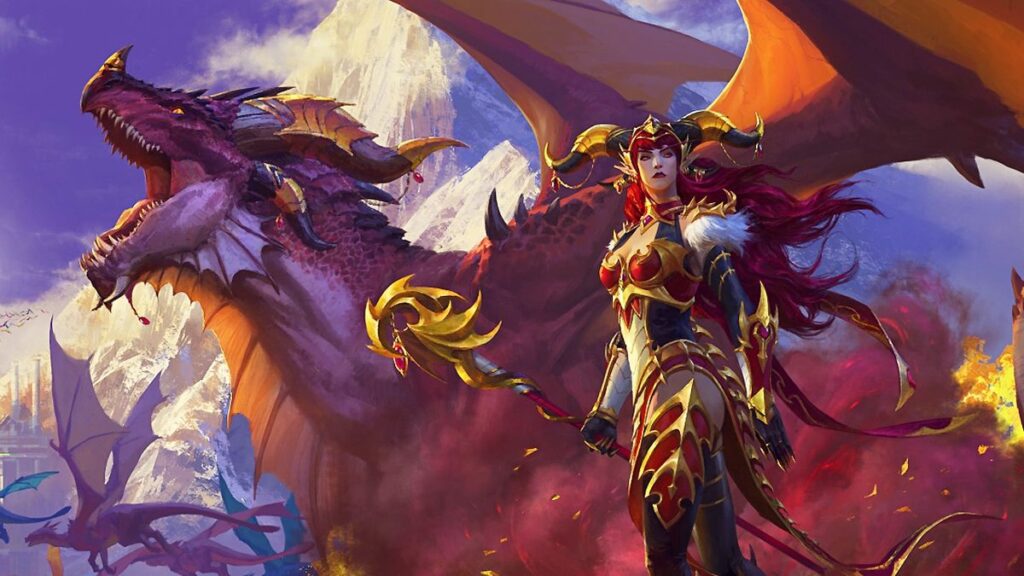
World of Warcraft’s journey through its various expansions reflects the game’s commitment to innovation and storytelling. From the humble beginnings of Vanilla WoW to the cosmic realms of Shadowlands, each expansion has left an indelible mark on the game’s landscape. The constant evolution of gameplay mechanics, narrative arcs, and visual aesthetics has kept the player base engaged and eager to explore the ever-expanding world of Azeroth. As the game continues to evolve, with future expansions like “The War Within” the legacy of World of Warcraft persists, solidifying its place as one of the most iconic and enduring MMORPGs in gaming history.